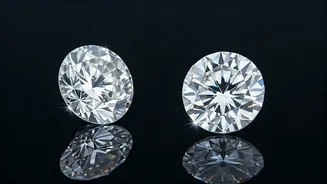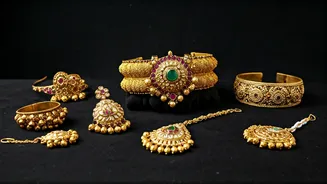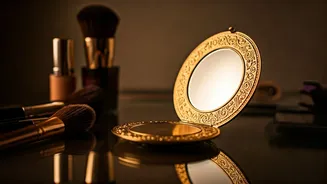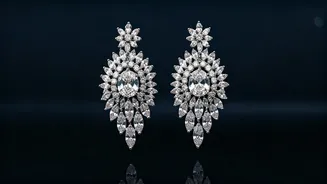Sparkle and Fire
The visual appeal of a gemstone often tops the list when making a choice. Diamonds, renowned for their exceptional brilliance, exhibit a unique interplay
of light known as fire and scintillation. This sparkle arises from their ability to disperse light into a spectrum of colors. Moissanite, on the other hand, also boasts impressive brilliance. However, moissanite's fire tends to be more pronounced than a diamond's, sometimes displaying more colorful flashes. The level of fire can be a matter of personal taste, with some people preferring the subtle elegance of a diamond and others favoring moissanite's bolder display. Both stones offer an undeniable sparkle, so the choice often depends on individual preferences and the specific cut of the stone.
Hardness and Durability
Durability is a crucial factor in choosing a gemstone, especially for pieces worn daily. Diamonds, recognized as one of the hardest known substances, score a perfect 10 on the Mohs scale of mineral hardness. This remarkable hardness gives diamonds exceptional resistance to scratches and abrasions, making them well-suited for rings and other jewelry that will withstand regular wear. Moissanite, while not as hard as a diamond, still has considerable durability, scoring a 9.25 on the Mohs scale. This indicates a high level of scratch resistance, making moissanite a robust option for jewelry. While both are suitable for everyday wear, diamonds' superior hardness provides a slight edge in terms of long-term durability against potential damage.
The Price Factor
Cost is often a significant consideration when purchasing gemstones. Diamonds, due to their rarity and the complex processes involved in their extraction and grading, typically command a higher price. The price of a diamond is influenced by the '4Cs': carat, cut, clarity, and color, each contributing to the stone's overall value. Moissanite, created in a lab, generally costs considerably less than a diamond of comparable size and quality. This difference in price makes moissanite an attractive option for those seeking a larger stone or a similar aesthetic without the associated high price tag. The significant price disparity between these two gemstones allows for various budget considerations when selecting the right gemstone.
Understanding Moissanite
Moissanite is a lab-created gemstone composed of silicon carbide. Discovered in 1893 by Henri Moissan, the gemstone’s natural form is incredibly rare, so nearly all moissanite available today is lab-grown. This lab-creation process allows manufacturers to control quality and minimize environmental impact. The gem is celebrated for its brilliance, fire, and durability, all of which contribute to its popularity as a diamond alternative. Moissanite's properties, including its high refractive index, contribute to its brilliant sparkle. The lab-creation process provides consistent quality, making moissanite a readily available option for various jewelry designs.
Making Your Choice
The decision between a diamond and moissanite is ultimately personal. If maximizing long-term durability and value are primary concerns, a diamond might be the preferred choice. Diamonds are an investment that often holds or increases in value. However, if budget is a greater consideration, or if you prefer a stone with a more intense sparkle, moissanite is an excellent alternative. The differences in appearance and properties are subtle. Both gemstones are stunning, and the optimal choice often aligns with your individual priorities, whether it's budget, sparkle, or overall investment goals. Consider your lifestyle and what you seek in your jewelry before reaching a final decision.












